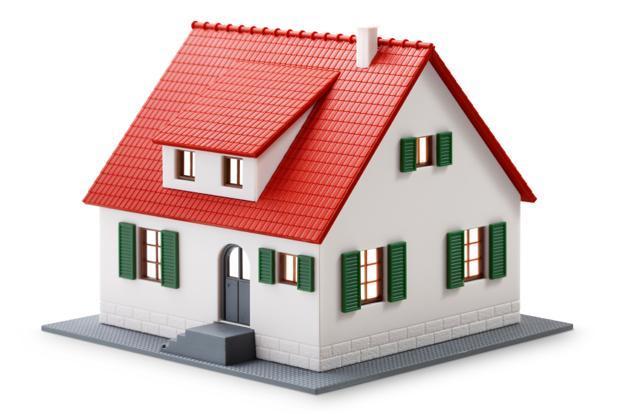
GST on homes: Less taxing or more taxing?
24-May-2019
Financialexpress
GST On Homes
359 Views
While goods and services tax should ordinarily be levied only on goods and services, and not immovable property, Indian indirect tax laws have historically deemed a supply of goods/services in the context of sale of under-construction apartments.
By way of recent amendments, GST rates on under-construction residential apartments have dropped from an effective tax rate of 12% (8% for affordable housing) to 5% (1% for affordable housing). However, builders as well as homebuyers (in some cases) may need to welcome the rate reduction with a pinch of salt, as the saying goes.
The new and lower rates have been mandated without the benefit of input tax credit to the builder. In some cases, the lower GST rate shall be applied on a higher base value, resulting in higher tax burden to the builder/consumer (see table). In a sense, the new tax structure is more likely to benefit high-end or luxury projects with a high per square foot cost. Having said that, the more beneficial scheme (between the old tax structure and new one) could vary between projects and shall be a factor of land value, construction costs and pricing agreed for between the builder and a customer.
The new rates came into force on April 1, 2019, but with an option to the builder to continue under the old rate (with full benefit of input tax credit) in respect of an ‘on-going project’; an option that was required to be exercised by way of intimation on or before May 20, 2019. But why such an option? It’s perhaps to ensure that a builder is not saddled with unanticipated and unbudgeted GST costs attributable to loss of GST input tax credit. The option is required to be exercised project-wise, implying that a builder could opt to continue under the old rate for some projects and not others.
While the rate change has been positioned as an overall rationalisation of the tax structure for the real estate sector, which is intended to benefit the consumer, the option to continue under the old scheme or move into the new scheme is the absolute prerogative of the builder. In other words, a consumer shall not be able to dictate the rate and scheme, and the same shall be a consequence of the option exercised by the builder. It is, in fact, possible that two buyers in the same project or the same buyer in two different projects may end up paying different GST rates (old or new), depending upon the option exercised by the builder.
Given this, buyers are likely to face additional dilemma in choosing their next home—comparing prices having regard to differential GST rates across different projects—12%/8% or 5%/1%, or no GST (for ready to move in apartments), including validation of the rate being charged by the builder.
Builders, on the other hand, would need to engage in a complex exercise of determining credits attributable to projects continuing under the old scheme and those moving into the new scheme by undertaking appropriate credit reversals, where required. An impact area for builders with a pan-India presence or multi-entity structure is likely to be additional GST costs (non-creditable GST) arising on account of “open market” valuation of intra-group or intra-company cross-charges. GST is, thus, likely to play an important role in the structuring of special purpose vehicles, going forward.
Source: financialexpress






